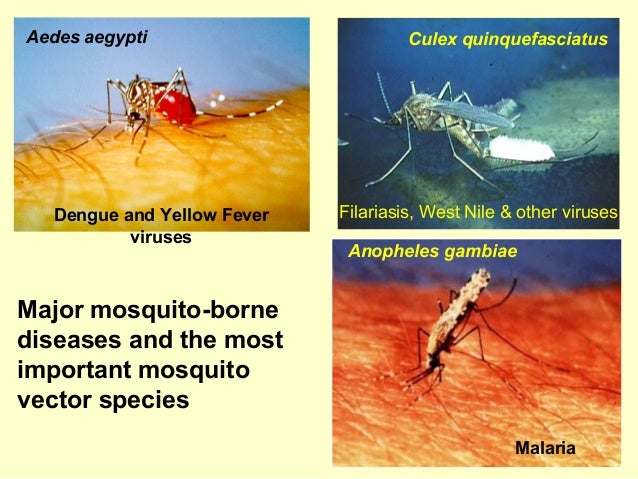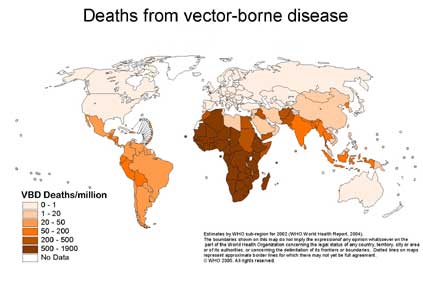

#Internal vector borne transmission drivers#
In a previous chapter, we discussed cycles that could be caused by the intrinsic transmission dynamics or influenced by external drivers (e.g., seasonal changes in weather). Understanding what mechanisms lead to potentially observed patterns in incidence and prevalence for vector-borne diseases is difficult, due to the presence of more than one host. 24 Appendix D - A very brief introduction to data fittingĩ.3 Vector-borne Transmission and ID Patterns.23 Appendix C - The different uses of Infectious Disease models.
#Internal vector borne transmission how to#
22 Appendix B - How to build or use the right model.21 Appendix A - A brief description of modeling software.19.11 ID Transmission on Dynamic Networks.19.10 Modeling ID Transmission on Networks.17.4 Ecological drivers of evolution and emergence.14.6 Modeling Stochasticity and Extinction.11.4.4 Special Interventions for Non-human Hosts.11.4.3 Non-pharmaceutical Interventions.11.4.2 Pharmaceutical Interventions (Drugs).11.4 Types of Infectious Disease Control.10.6 Heterogeneity and The Reproductive Number.10.5 Heterogeneity in Transmission: Superspreaders.10.4 Heterogeneity in Transmission: Core Groups.9.4 Vector-borne Transmission and Interventions.9.3 Vector-borne Transmission and ID Patterns.8.6.1 Basic Science Example: Environmental Transmission for Cholera.8.5 Environmental Transmission and Interventions.8.4 Environmental Transmission and External Drivers.7.5.1 Modeling types of direct transmission.7.5 Ways in which direct transmission scales.6 Types of Infectious Disease Transmission.



 0 kommentar(er)
0 kommentar(er)
